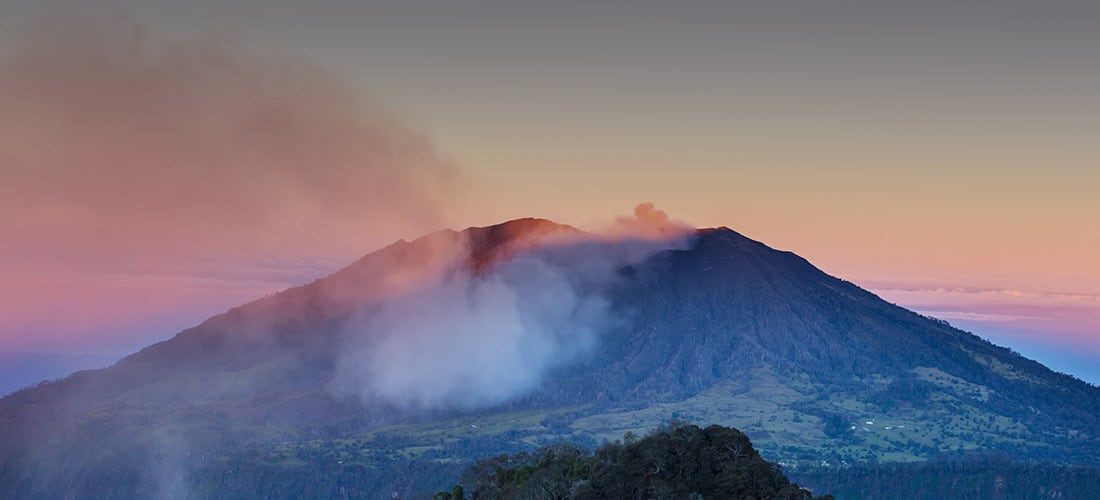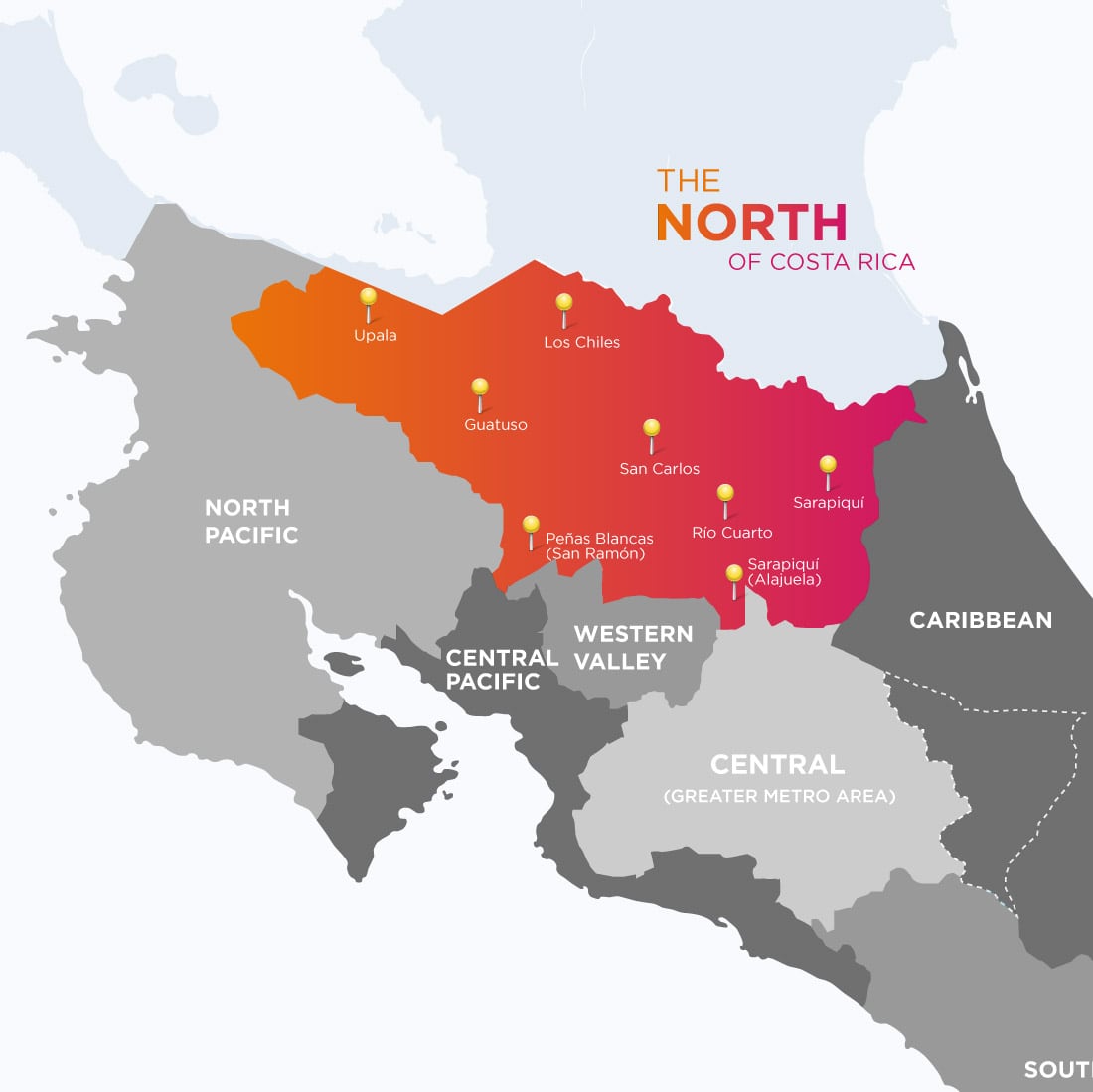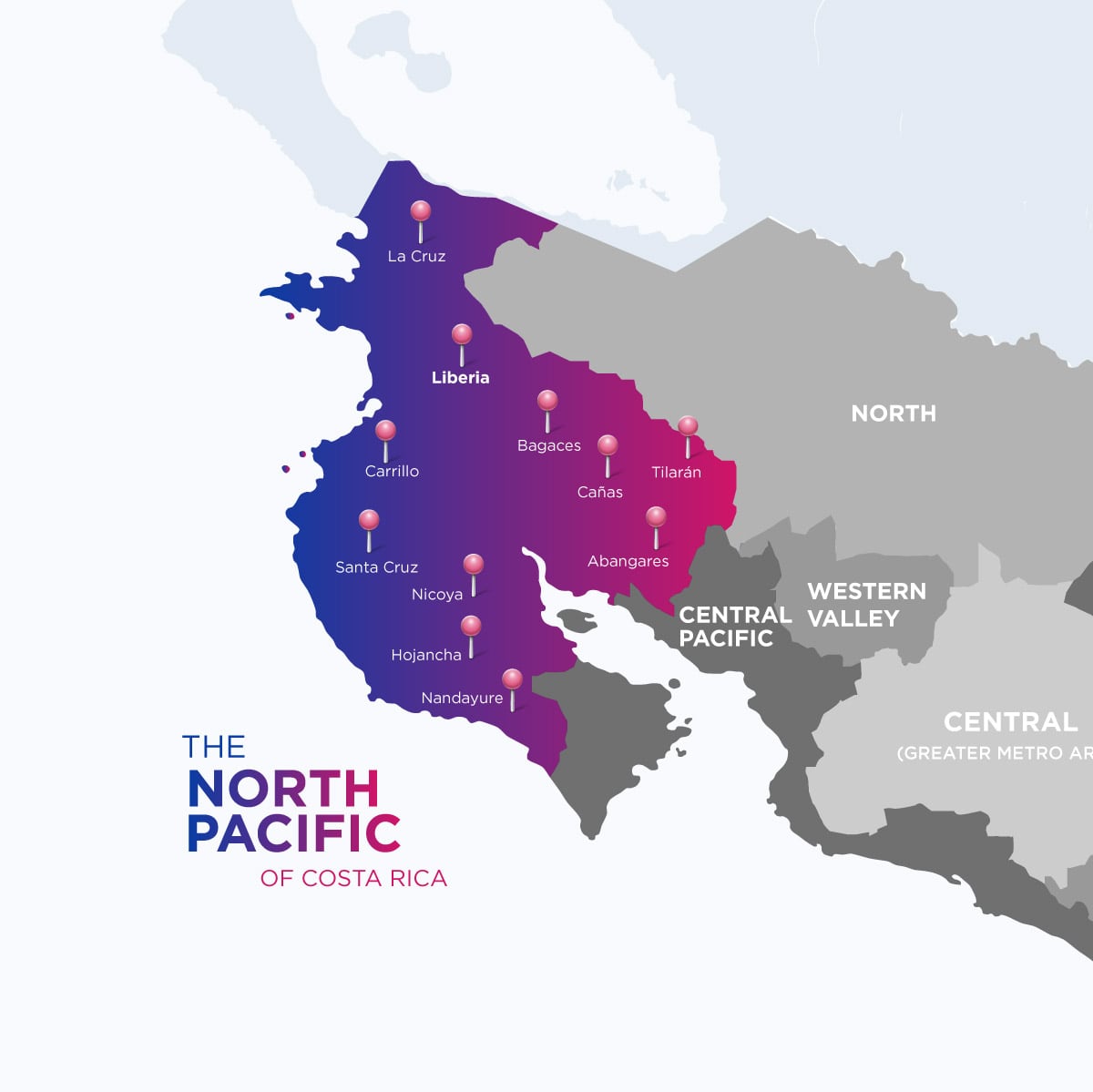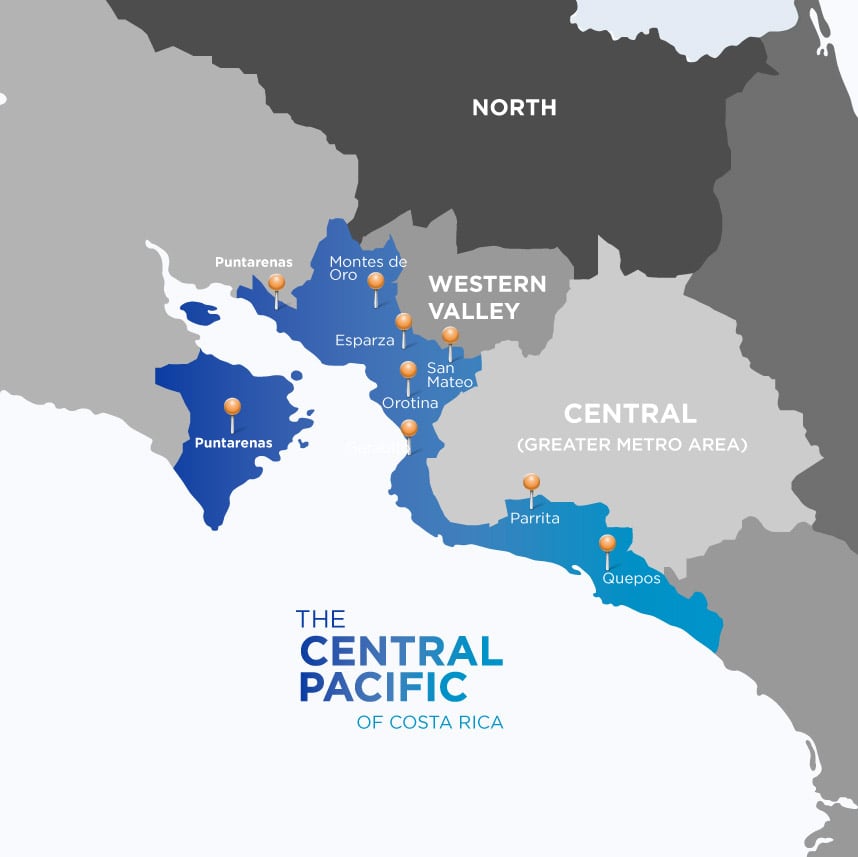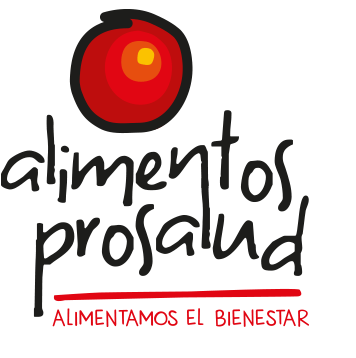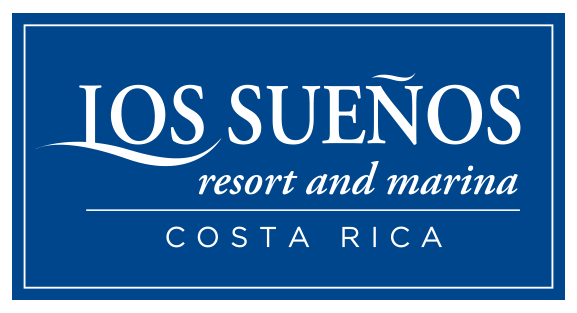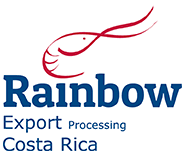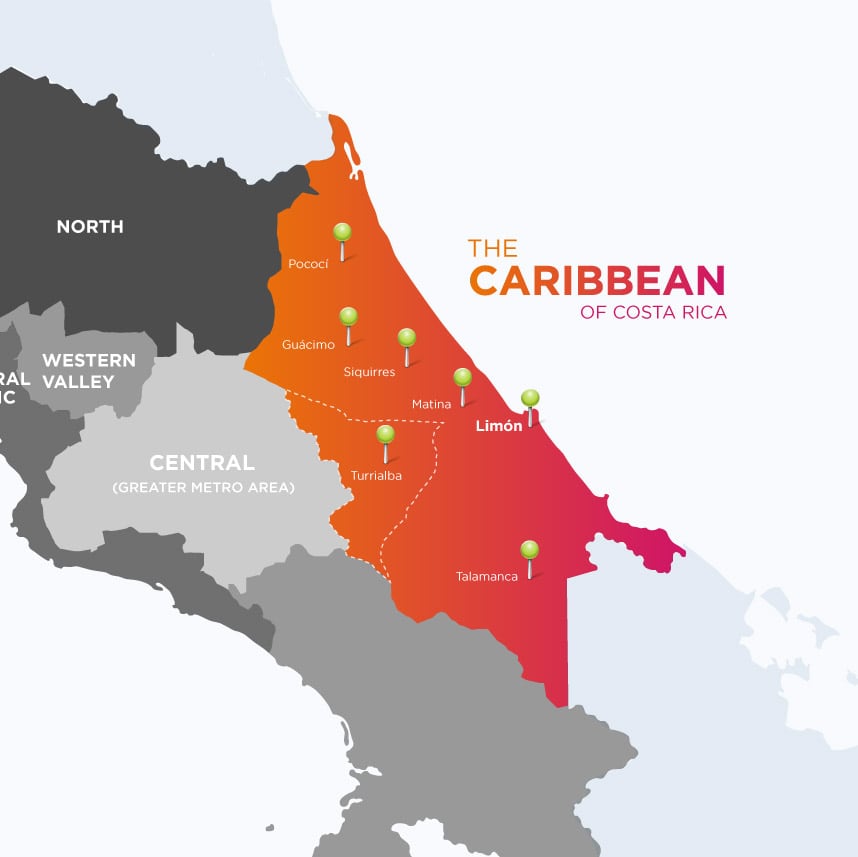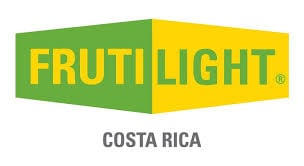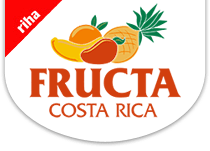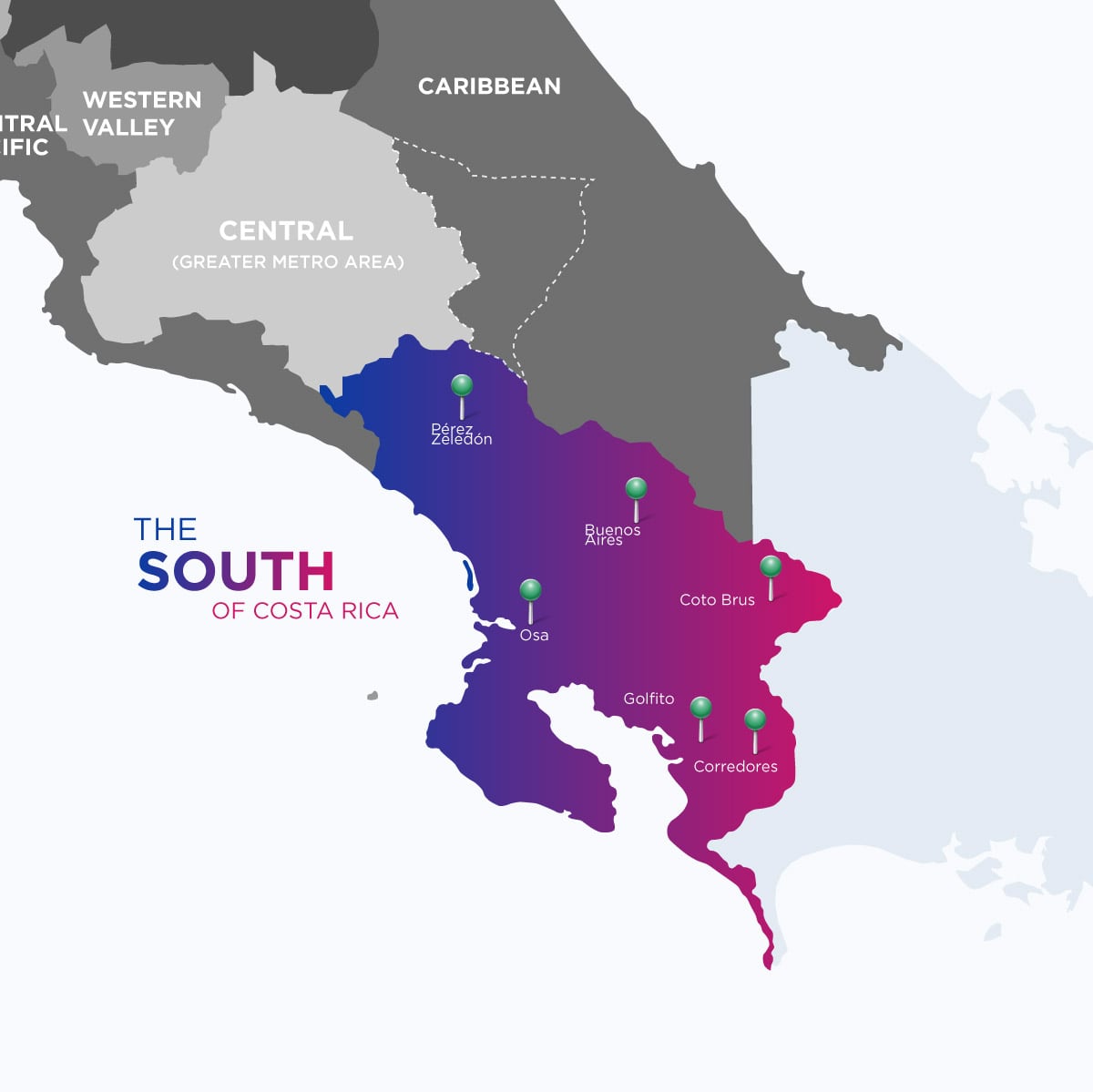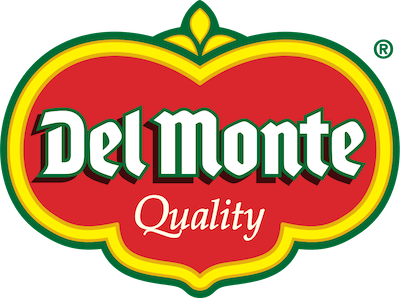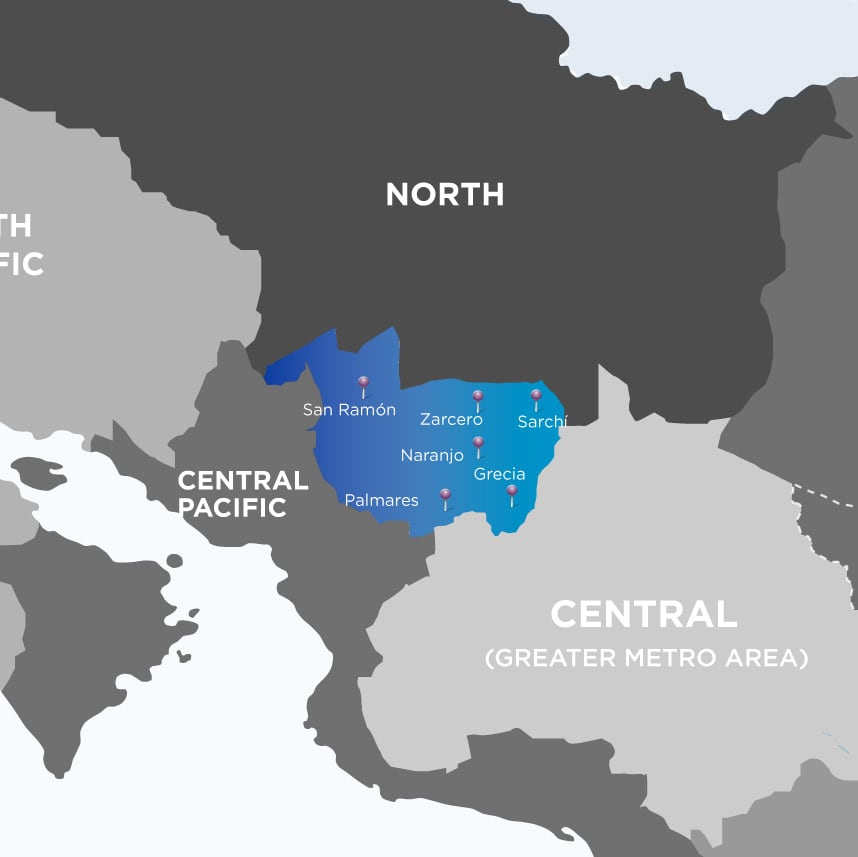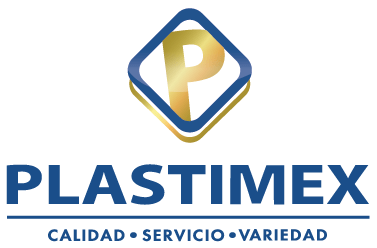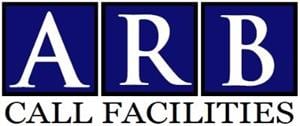The Caribbean
PLAY VIDEO
The Caribbean coast of Costa Rica has been the country's main marine trade gateway since the early 1900s. The city of Limon is the main cruise ship call in the country and the most vivid example of the multicultural encounter throughout history as it was the first spot where Christopher Columbus touched the country naming it "rich coast" or Costa Rica for a very good reason.
The region is a prime location for industries looking to source the best of the best for their gourmet, premium food products, given recent innovation in organic cocoa plantations, diverse tropical crops and a global trend for sustainable agriculture and carbon neutral cultivation. As the port of connection with the Eastern seaboards of the Americas and Europe, the port has received a $1 billion investment in state-of-the-art infrastructure where 80% of the countries exports and imports take place.
The Development Agency of the Caribbean looks to boost the region's economy supporting productive activities with high potential for generating growth opportunities: agroindustrial, tourism and logistics. The Turrialba Development Agency also aims to support the establishment of new companies by facilitating their installation and post-establishment processes in the region
1 Billion Investment by APM Terminals in a brand new state-of-the-art port makes the region a key location for logistics operations and services. Its just a few hours from the Panama Canal and with quick access to the Caribbean, as well as with the main ports in the US Eastern seaboard and Europe.
The region is home of worldwide recognized EARTH University and the Costa Rica's Tropical Agricultural Research and Higher Education Center (CATIE). Due to the Caribbean’s agribusiness, wide biodiversity and tropical humid rainforests, both institutions are looking research and innovate in agritech, biotech and sustainable development projects.
The region has over 22 academic centers including Technical High Schools, University College, National Training Institute (INA), public universities: UNED, UCR, ITCR and private universities.
Costa Rica is the third largestn global exporter of banana and the Caribbean is one of its main crop producing areas. Nowadays it manufactures all the way from over 32 varieties of highly industrialized aseptic banana pure and juices, to snacks, chips and even logistics pallets out of banana waste fiber.
3x greater capacity than the industry average for refrigerated containers at Moin Mega Terminal Port.

